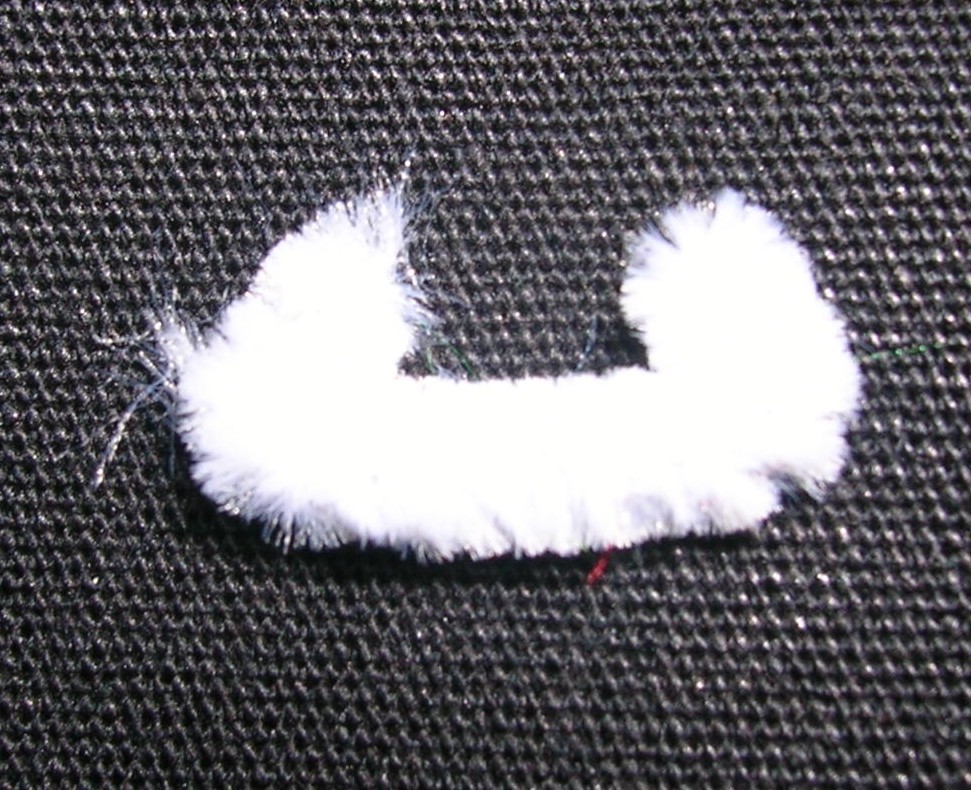Hi Sea Fans!
For those of you who were looking for a previous post that was removed, here are the instructions again for making the pipe cleaner
penguins (you can use pipe cleaners or chenille sticks, your choice):
PENGUIN
1. Use 1 orange, 1 black and 1 white chenille stick (CS)
2. Wind the black CS around a pen 5 times, leaving a short
straight piece at the end for the wings (if you'd like, you can wind the entire
CS and use a separate one for the wings)
3. Cut the straight piece off and bend it in half for wings.
4. Bend each side around your finger to make a loop and twist the
ends around the middle to attach.
5. Push these wings into the coil made
earlier about 1/4 of the way down (about 2 twirls)...all the way through to the
other side so that they stay in place.
6. Cut a white piece of CS and bend in
half.
7. Bend both ends over slightly so that they can hook onto the
twirls of the black coil made earlier (at the bottom and just below the first
or second twirl to leave space for a beak).
8. Put aside and make the feet with an orange CS. Bend
the end of the orange CS in 3 waves as shown,
squeeze them together as shown and you have your first foot
(curling the end around the base of the foot will hold it in place).
9. About 1 cm away from the foot,
bend the CS and form the second foot about 1cm from that as shown:
10. Twist the end around the second foot
so that it can be bent upward from the middle of the feet and put this end into
the bottom of the penguin so that the tip pokes out underneath the first twirl
of the black coil body (leaving space for eyes) as shown:
11. When the feet are in the correct place
at the bottom, bend the beak as shown and trim any excess.
12. Glue on eyes and you have a penguin!
Hope you have fun with these!
Till next time.
Cheers
Abby
}( *)8




























